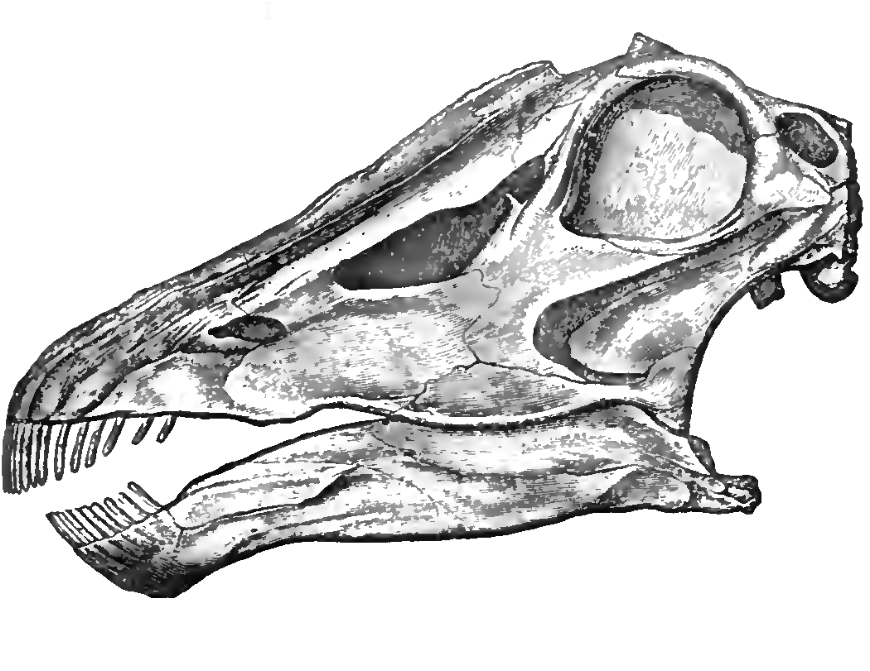<![CDATA[The first dinosaur remains found in Utah were uncovered more than a century ago, but they couldn't be fully excavated, until now. This ancient discovery has come into the limelight once again because the remains are finally being excavated. The fossils were found in an area that was almost impossible to excavate previously because of a lack of appropriate technology. Modern day scientific developments have now made it possible for the excavations to be made and archaeologists have been working to finally complete the project. Expert palaeontologists like Rebecca Hunt-Foster have been placed in charge of the dig site located on an exposed cliff overlooking a valley in the Moab region in Utah, USA. The dinosaur was a sauropoda, believed to have roamed the area during the Jurassic Period. Sauropods were characterised by an extremely long neck. Experts believe that although excavations are now possible, it will be a far from easy task. According to Rebecca Hunt-Foster, it is still very difficult and complicated to access the dig site which was considered to be lost for more than 120 years. She also stated that experts are carrying on from the earlier work and are simply trying to take it to the next level of analysis. As of now, some of the bones which had been discovered previously are being dug up. The group plans to remove bones as and when they are revealed during the excavation process. Most of them are still encased in rock sediments, and the plan is to take them to the Natural History Museum for further studies. Once the studies are complete, they shall be put on display for the public to see. Realistically, the entire process could take at least a couple of years. Brian Switek, a volunteer at the excavation site, states that the excavation process is actually much more difficult than Hollywood movies would have us believe. He said that Jurassic Park has been misleading the public all along. Not only is working with dinosaur bones an extremely delicate task, when one finds them they are not conveniently laid out in the form of a dinosaur, and therefore they have to be reassembled. After all, with the ravages of time that the remains have gone through in the past 160 million years, one shouldn't be surprised that the bones are all over the place. Acknowledgment and credit should be given to Jack Foster, a man who worked for the Museum of Moab and was accredited with discovering the site 155 years ago. The creature has been termed as a rare find by experts, and it could help modern day scientists answer a lot of questions. The challenge now is for the archaeologists to dig up the remains while keeping them intact. ]]>
Utah Dinosaur Skeleton Finally Excavated
